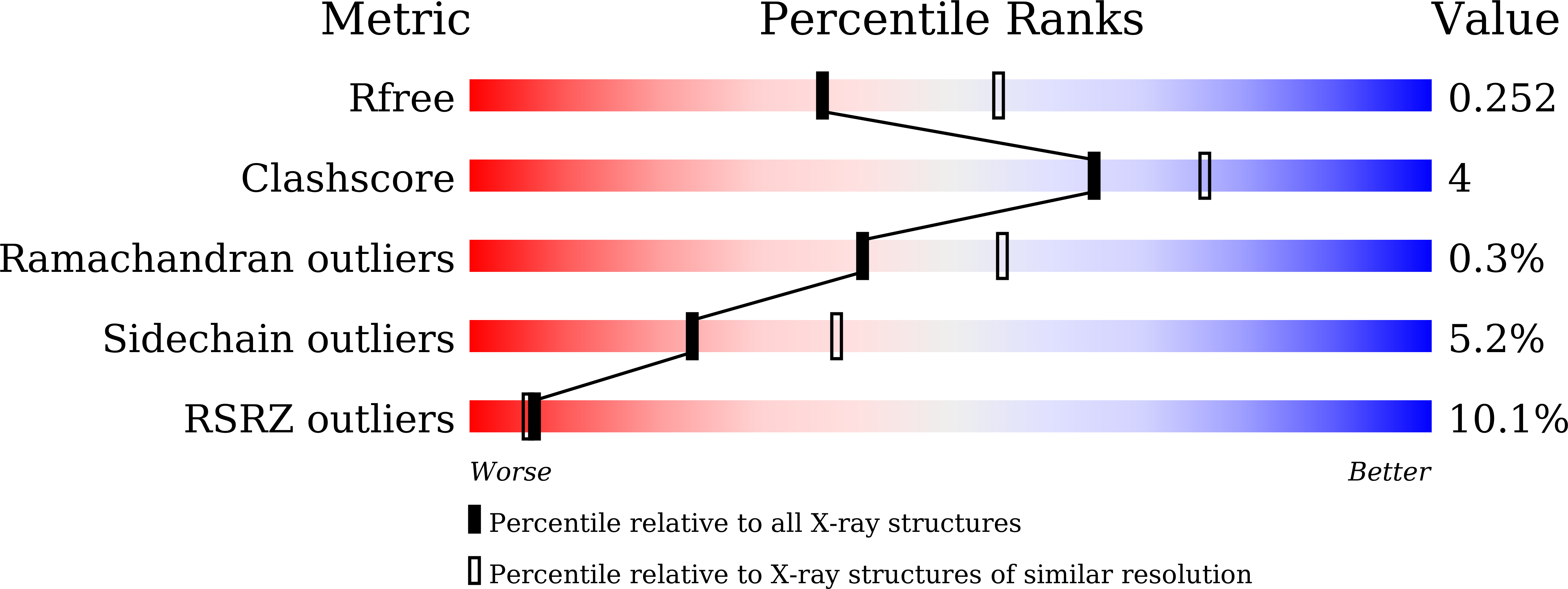
Deposition Date
2022-12-26
Release Date
2023-12-13
Last Version Date
2024-11-20
Entry Detail
PDB ID:
8HV3
Keywords:
Title:
Crystal structure of EGFR_DMX in complex with covalently bound fragment 4
Biological Source:
Source Organism:
Homo sapiens (Taxon ID: 9606)
Host Organism:
Method Details:
Experimental Method:
Resolution:
2.40 Å
R-Value Free:
0.24
R-Value Work:
0.21
R-Value Observed:
0.21
Space Group:
I 2 3


